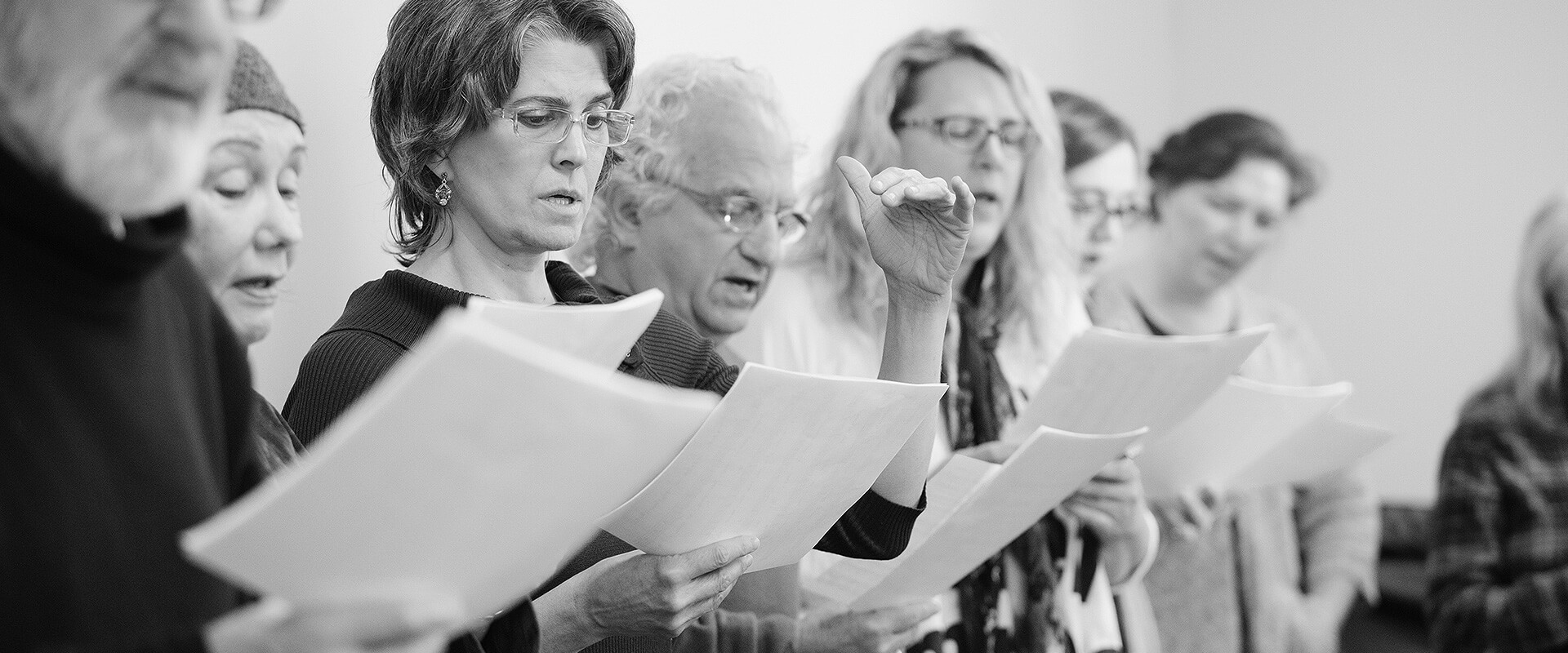Attack
An Attack in singing is simply how you begin or initiate phonation (vibration of your vocal cords.) Traditionally, there are three types of attack in singing – all of which happen in the throat, of course. They are aspirated (soft), glottal (hard) and co-ordinated or light attack.
Aspirated Attack:
if you initiate the vibration of your vocal cords with a puff of air or sigh, like an ‘h’ sound as in ‘ha’ you have made an aspirated attack or a soft attack. We need aspirated attacks in English with words that begin with an ‘h’ or to create a feeling of intimacy similar to when you whisper. When using an aspirated attack properly the tone of your voice after the attack is not breathy. If you have a breathy voice, most of your attacks will be aspirated by default and the phrase following will likewise be breathy. An aspirated attack is not too tiring on your vocal cords but singing with a breathy voice is. Even though this attack is useful and necessary in singing, we want to eliminate it as your default attack. This takes developing a control over how the cords come together to vibrate cleanly.
Glottal Attack:
if you begin your phrase with the cords already closed, you will hear a bump caused by too much subglottal pressure, similar to grunting. In this case, you have made a glottal attack or a hard attack. Outside of singing, we do this when we cough. Try it gently. With time you will develop a sensitivity to sub-glottic pressure and be able to minimize it. Many untrained singers use this attack when their phrase starts with a vowel. We hear it a lot from Broadway singers and in German songs. Singers who “belt” are notorious for overusing this attack which adds a lot of weight and pressure to their voice. Over-used, a glottal attack is very tiring for your voice due to the presence of subglottic pressure and the bumping action. A glottal attack is needed from time to time, but must be used sparingly and with great care to reduce the subglottal pressure and to avoid strong glottal bumps or glottal kicks.
Co-ordinated or Light Attack:
this is the best attack to keep your voice in top shape and shows that you’ve mastered vocal technique. Even an untrained listener will notice your voice is smooth and sounds more professional. You achieve it when you can perfectly coordinate your vocal cords and the release of minimal air from the lungs. There is no breathiness with this attack nor any bumping action as found in aspirated and glottal attacks – just a clean, pure start to the sound. It is achieved when you have mastered a unique application of intercostal muscles (see Intercostals) and know how to support (see Support). Support must be used in conjunction with how the cords come together to initiate vibration. This should be your preferred attack and the other two are reserved for specific interpretive choices or reasons: to add colour to a word or create a certain feeling.
There is no “wrong attack” in singing as each attack has its purpose. Great singers master all of the attacks and know when to use each one. In popular music and jazz there are other, more unconventional attacks, which involve the use of “vocal fry” and “growling”. These must also be perfected in order not to strain your voice by their use, or over-use.
For more information or to book a private lesson, please go to the contact page.
 Montreal Voice Coach
Montreal Voice Coach